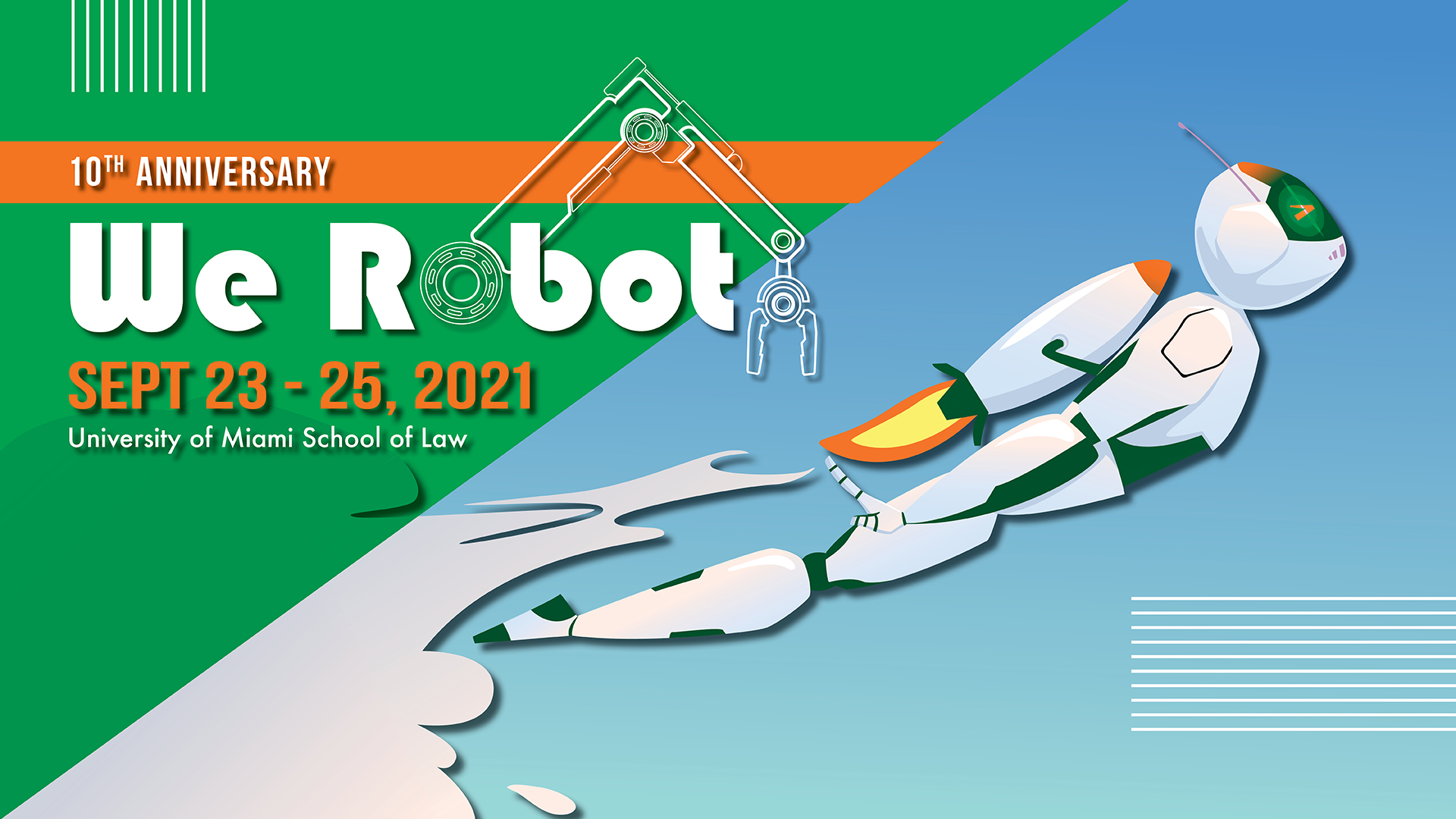
Roel Dobbe
Roel Dobbe and Thomas Gilbert will present their paper, Autonomous Vehicles Fleets as Public Infrastructure, on Saturday, September 25th at 11:30am at #werobot 2021. Madeleine Clare Elish will lead the discussion.
The promise of ‘autonomous vehicles’ (AV) to redefine public mobility makes their development political — across a variety of stakeholders. This politics may not be obvious. In their ability to optimize the local safety and efficiency of individual vehicles, AVs promise to make transportation more predictable and reliable. Trips that people find too tedious to make could be made into trips worth taking, and as this change is reflected through the broader population it has the potential to fundamentally change the relationship consumers have with transportation. AV fleets also make it possible to centralize and coordinate the routing of vehicles. At the most local level we can see coordinated routing through the large body of work in platooning, alleviating traffic congestion. Such works represent only the beginnings of what could be possible. Centralized route planning could allow load-balancing between routes on the scale of cities, the predictive placement of vehicles for the purposes of ride-sharing, special routing considerations for emergency vehicles, and the management of interactions between these considerations.

Thomas Gilbert
At the same time, AVs are disrupting legacy processes for vehicle safety certification. We are witnessing regulatory capture as AV companies hire federal and state contractors to ensure their design certifications meet legacy thresholds for liability. Companies now craft their own Operational Design Domains to meet proprietary definitions of road features (streets, lanes, city regions) that purport to be technically safe, without requisite validation by the human factors community. Finally, there is the metaphorical frame through which AVs are likely to be understood, as private companies, consulting firms, and municipal entities craft public surveys as they see fit and thereby shape the types of consumer demand that suit their own organizational priorities.

Madeleine Clare Elish (discussant)
We create a framework for mapping concrete AV development choices to current and emerging forms of sociotechnical politics, and suggest what more responsible and stakeholder-sensitive design commitments would look like. We summarize three dimensions of AV politics: jaying (which places certain mobility stakeholders “out of scope”), wearing (which damages road infrastructure in a predictable fashion), and moral crumple zoning (which allocates responsibility for accidents to the most vulnerable). Despite the common label of AVs as “autonomous”, they will be shaped by human interests and expectations, and their status as public infrastructure must be decided through ongoing normative deliberation.
Empirically, we examine the emerging regulatory landscape of AV development, based on 50 semi-structured interviews with researchers in AI theory, human factors, and AV policymakers. To our knowledge, this comprises the first qualitative dataset of insights and expert judgment from every stage of AV development, from design to training to physical deployment.
